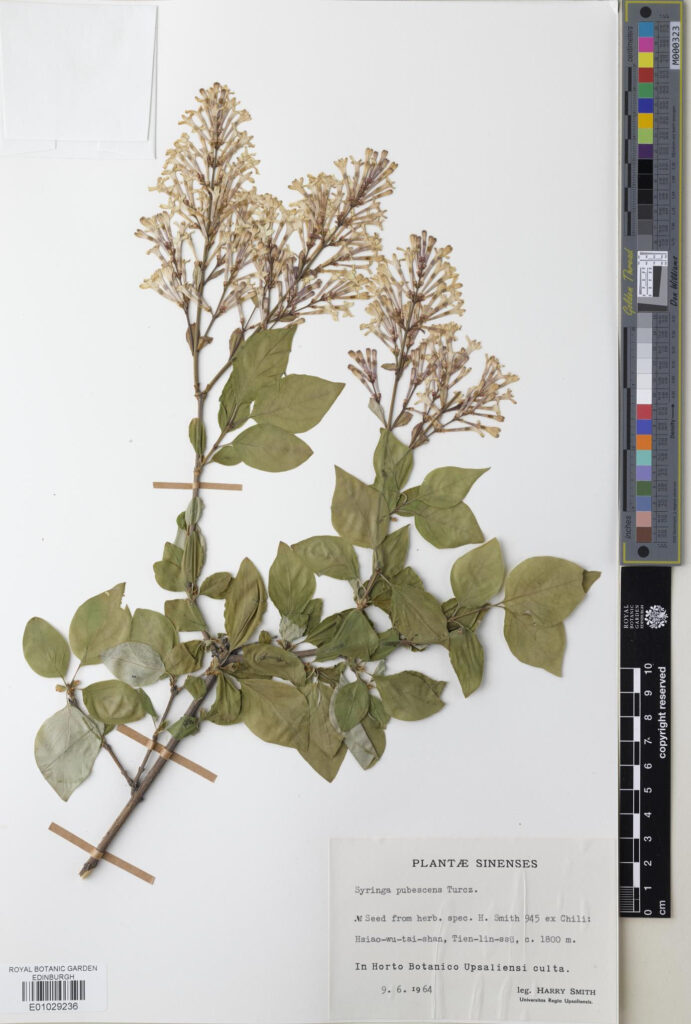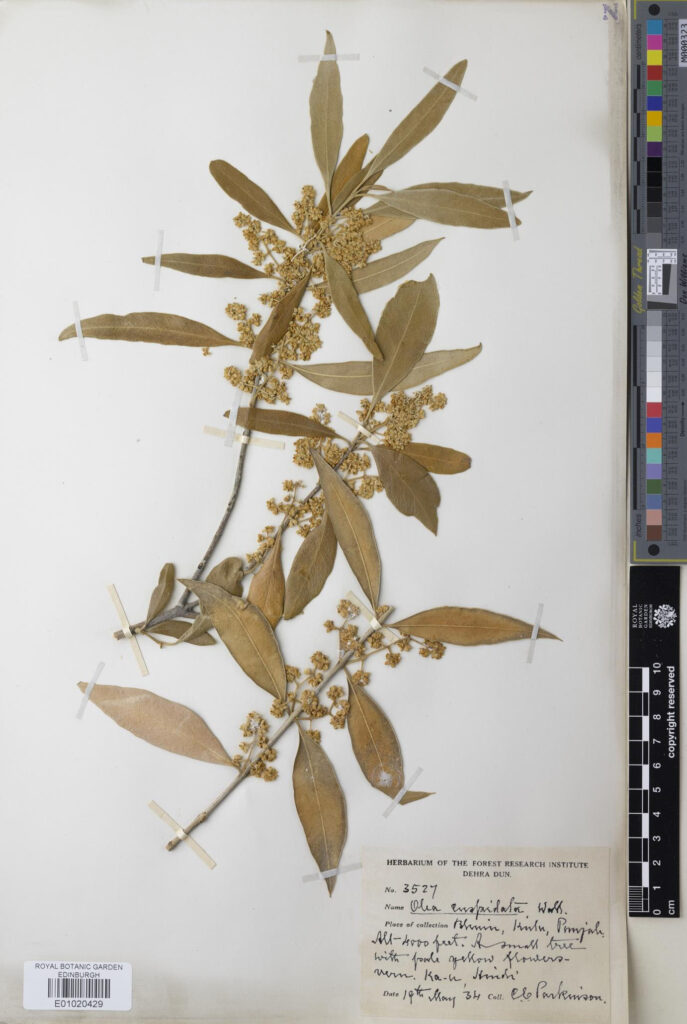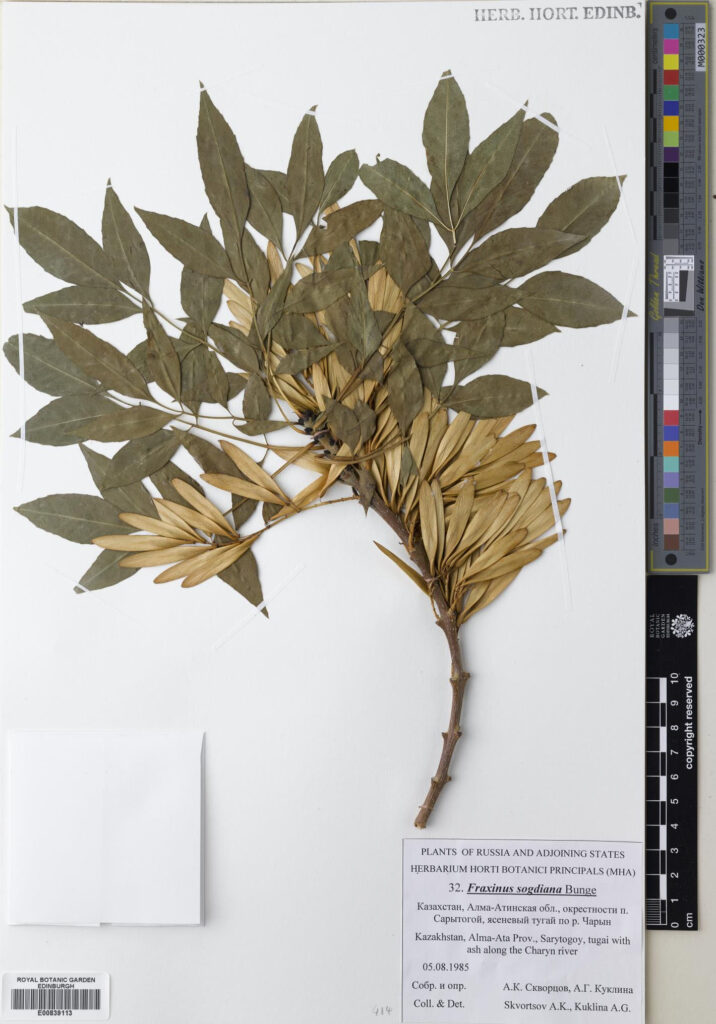The following blog was written by Rebecca Camfield a digitiser in the Herbarium.
Since 2021 we have increased our digitisation capacity reaching 1 million specimens imaged in August 2024. Each digitiser is assigned a family of plants to work through. This series of blogs will spotlight the families that have been completed by a member of the team.
The Oleaceae, or Olive family, is a global family, with high diversity in South Asia and Australia. Well known members aside from Olea (olive) include Jasmine (Jasminum), Lilac (Syringa), Ash (Fraxinus), Forsythia, Osmanthus, Chionanthus and Ligustrum (privet). The flowers are usually scented, actionomorphic and have 2 stamens. Several genera are important economically in terms of food (olives), wood (ash timber) and horticulturally for either landscaping or ornamental gardens.

Our collections
Before the mass digitisation project 3279 specimens were already online and there are now 6820. The importance of the family had meant earlier projects and requests had led to half the family already been done. We hold 296 type specimens for species in this family. You can view our collections here.
Top 5 Regions
| No. of Specimens | Herbarium Filing Region |
| 1,768 | Inner China, Korea and Taiwan |
| 891 | India,Pakistan & Bangladesh |
| 744 | Cultivated |
| 404 | West Asia & Egypt |
| 357 | Europe (excluding Britain and Ireland) |
The cultivated specimens are third, which is unsurprising due to how popular this family is for ornamental and agricultural uses.
Due to the high diversity of the family in Asia and the density of our historical collections from that part of the world it is unsurprising that China and India were top of the specimen count.
Our collections are a bit low for Australia (81 specimens) considering the country is part of the high diversity region. The same could be said of our African and North American collections, both sit around 200 specimens, yet the family does have significant species numbers from both areas.
Top 5 Genera
| No. of Specimens | Genus |
| 1,943 | Jasminum |
| 1,168 | Fraxinus |
| 1,061 | Ligustrum |
| 627 | Olea |
| 433 | Chionanthus |
Jasminum is the largest genus in terms of species and that is seen in our collections with almost 2000 specimens, of which only 100 are cultivated.


